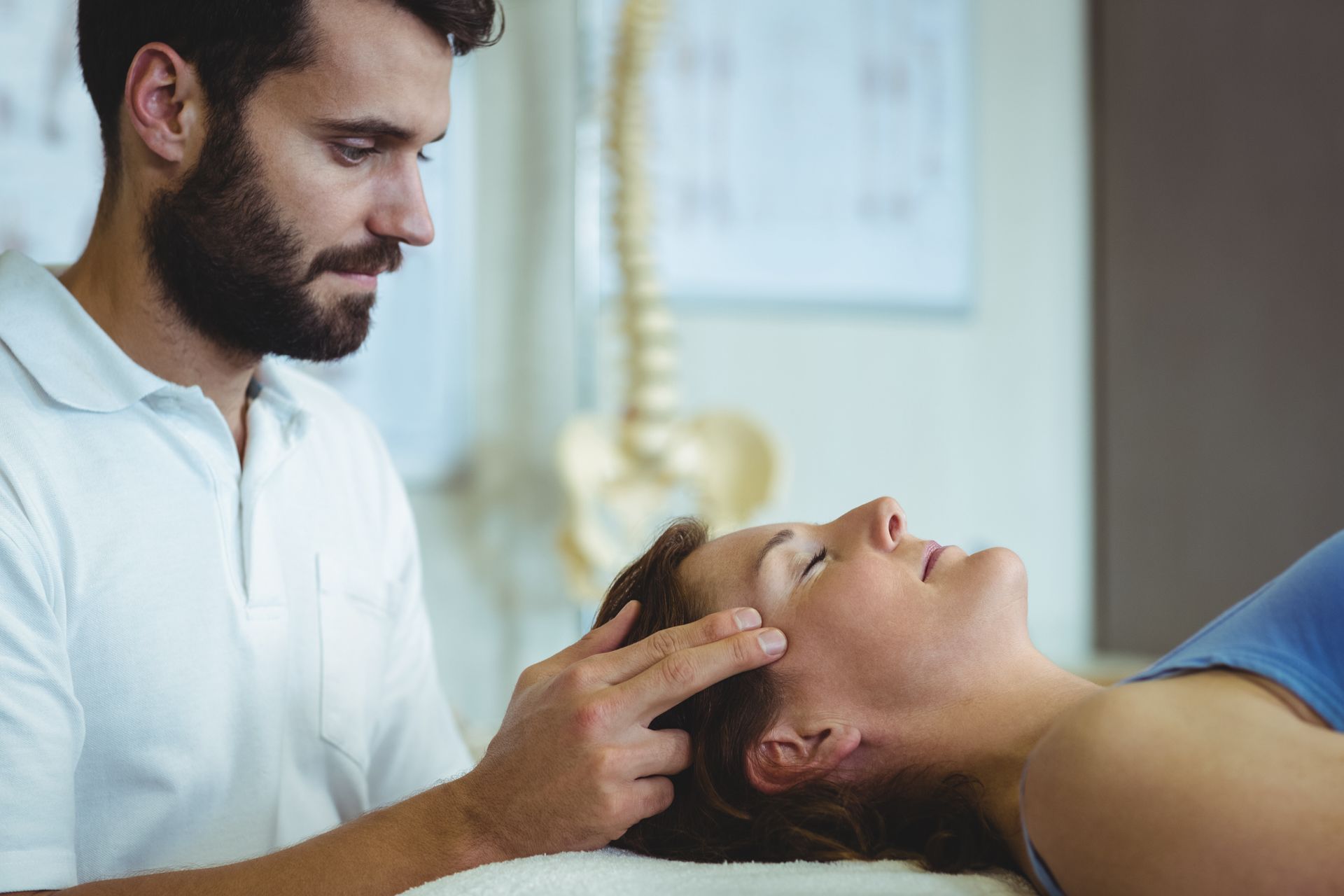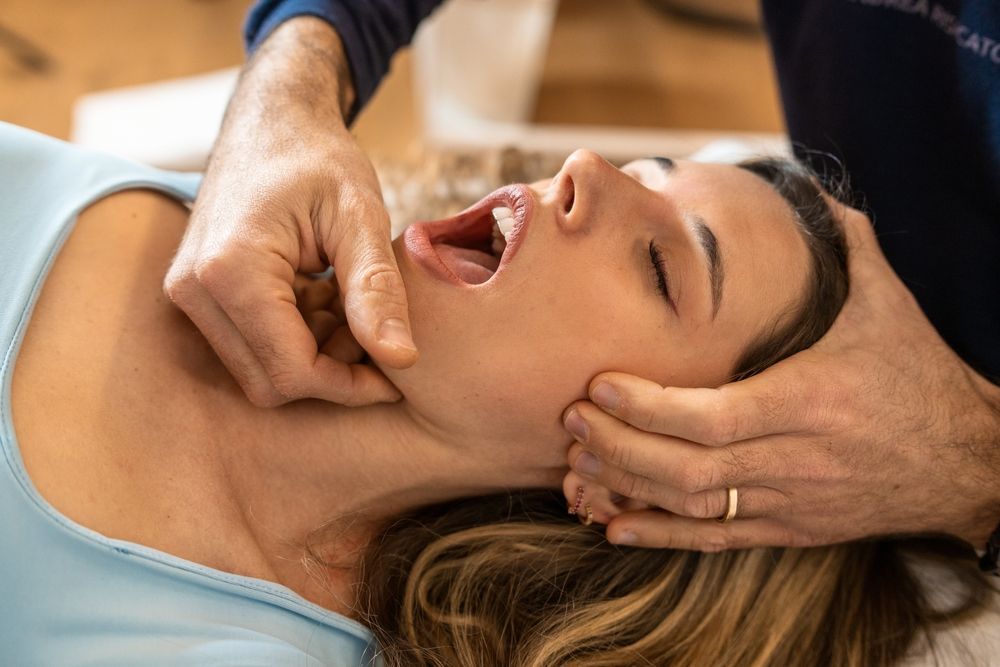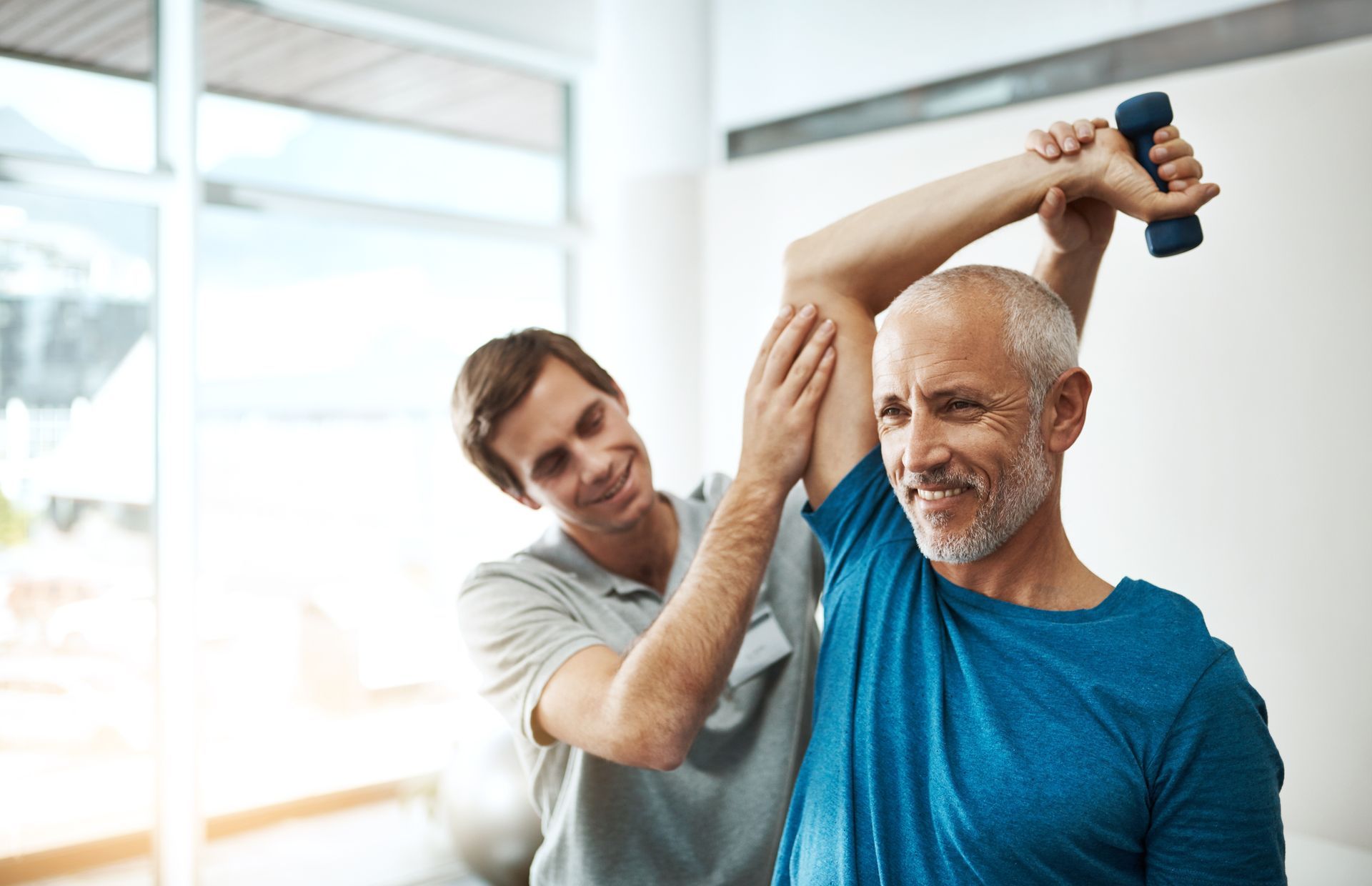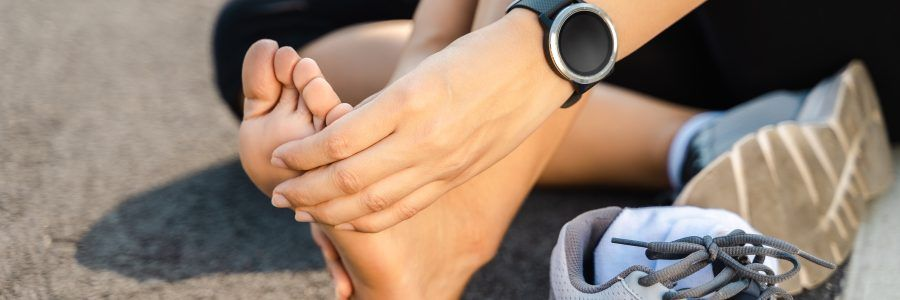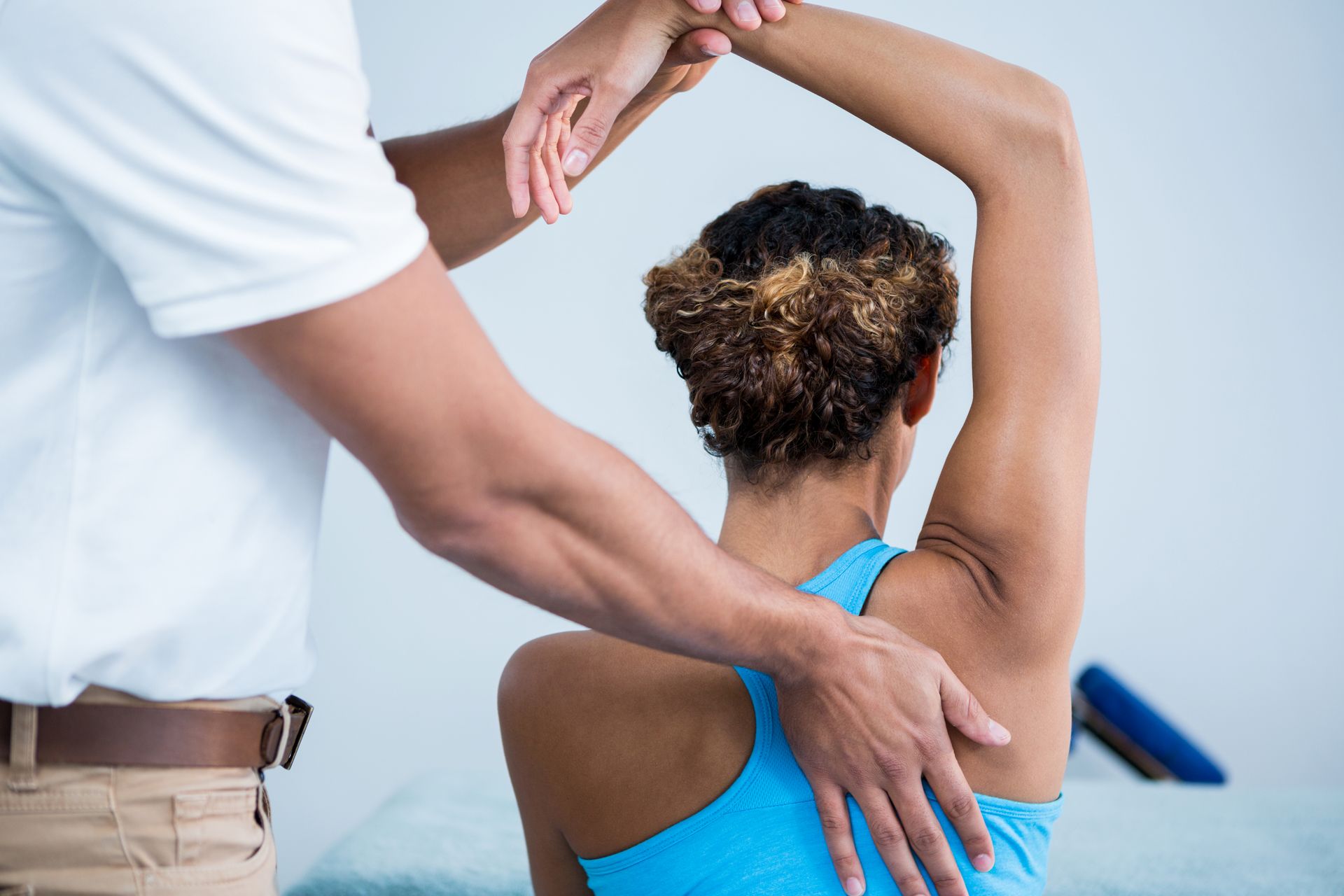Joint Replacement Journey: Navigating Recovery with Physiotherapy
Knee, Hip, and Shoulder Replacement Surgeries: What to Expect and How Physiotherapy Can Help Recovery
We have a new coverage option! We have partnered with hospitals across Ontario to offer post-surgical rehabilitation for patients undergoing hip and knee replacements, as well as shoulder arthroplasty at our Mississauga clinic. If you’re preparing for a hip, knee, or shoulder replacement, your hospital's case coordinator will provide you with a care package upon discharge. You are expected to contact our clinic and schedule an appointment for rehabilitation within two weeks of your discharge. Please bring your eligibility paperwork when you enroll at Delta Physiotherapy & Rehab. We will bill your rehabilitation services directly to the referring hospital. There are no out-of-pocket expenses for patients.
Joint replacement surgeries, such as knee, hip, and shoulder arthroplasties, are transformative procedures that can restore function and relieve pain in patients suffering from severe arthritis, trauma, or joint degeneration. Understanding the anatomy, surgical process, and physiotherapy rehab involved in these procedures will help patients approach recovery with confidence. This blog post breaks down these surgeries into three sections: Knee Replacement, Hip Replacement, and Shoulder Arthroplasty, focusing on what to expect and how rehab will support healing.
1. Total Knee Replacement (Knee Arthroplasty)
Knee replacement surgery involves replacing damaged cartilage and bone in the knee joint with prosthetic components to improve mobility and relieve pain.
Anatomy of the Knee Joint
The knee is a hinge joint, connecting the femur (thighbone), tibia (shinbone), and patella (kneecap). It is cushioned by cartilage and lubricated by synovial fluid, with ligaments providing stability. When arthritis or injury breaks down cartilage, the bones rub against each other, leading to pain and stiffness.
Recovery Timeline
- Hospital Stay: 1-3 days
- Full Recovery: 3-6 months
- Return to Activity: Walking with support begins within 24-48 hours. More advanced activities (e.g., sports) may resume after 6-12 months.
Physiotherapy and Rehabilitation
Physiotherapy plays a critical role in regaining strength and mobility after knee surgery:
- Early Phase (First 2 weeks): Focus on pain control, reducing swelling, and gentle range of motion exercises.
- 6-12 weeks: Strengthening quadriceps, hamstrings, and improving balance and gait with exercises like leg raises and stationary cycling.
- 3-6 months: Progress to more functional activities such as walking, squatting, and stair climbing to build endurance and confidence.
2. Total Hip Replacement (Hip Arthroplasty)
Hip replacement involves replacing a damaged hip joint with a prosthetic implant to relieve chronic pain and improve the range of motion.
Anatomy of the Hip Joint
The hip is a ball-and-socket joint, where the femoral head (ball) fits into the acetabulum (socket) of the pelvis. The cartilage covering these bones allows for smooth movement. In cases of severe arthritis or injury, the joint deteriorates, causing pain, stiffness, and limited mobility.
Recovery Timeline
- Hospital Stay: 2-4 days
- Full Recovery: 3-12 months
- Return to Activity: Walking with support starts within 1-2 days, while more strenuous activities may resume after 6-12 months.
Physiotherapy and Rehabilitation
Rehab focuses on improving hip mobility, strength, and preventing complications such as dislocations:
- Early Phase (Weeks 1-2): Gentle exercises such as ankle pumps and heel slides to prevent blood clots and maintain circulation.
- 6-8 weeks: Weight-bearing exercises, resistance band work, and gait training to build strength and stability.
- 3-6 months: Return to activities like swimming, cycling, and light sports.
3. Total Shoulder Replacement (Shoulder Arthroplasty)
Shoulder replacement surgery replaces the damaged head of the humerus (arm bone) and the glenoid (shoulder socket) with prosthetic components to restore motion and relieve pain.
Anatomy of the Shoulder Joint
The shoulder is a ball-and-socket joint formed by the humeral head (ball) fitting into the glenoid (socket) of the scapula (shoulder blade). It relies heavily on the rotator cuff muscles for stability. When arthritis or injury damages the joint, movement becomes painful and restricted.
Recovery Timeline
- Hospital Stay: 1-2 days
- Full Recovery: 4-6 months
- Return to Activity: Passive movements start within the first few days; full recovery for more demanding activities like lifting occurs after 6-12 months.
Physiotherapy and Rehabilitation
Post-op rehab is essential to restore range of motion and prevent stiffness:
- Early Phase (Weeks 1-4): Focus on passive range-of-motion exercises performed by a physiotherapist to avoid stressing the healing tissues.
- 4-8 weeks: Active-assisted exercises with tools like pulleys and rods to gradually regain shoulder movement.
- 3-6 months: Strengthening exercises for the deltoids and rotator cuff muscles to restore full function.
Knee, hip, and shoulder replacement surgeries provide a new lease of life for patients with chronic joint pain, but the road to full recovery requires dedication and physiotherapy. At Delta Physiotherapy and Rehab, we create individualized rehab plans that address the specific needs of each surgery, helping patients rebuild strength, mobility, and confidence. If you or a loved one is preparing for joint replacement surgery, our team is here to guide you every step of the way.
Book a free 15-minute consultation with us today at Delta Physiotherapy & Rehab at either of our convenient locations in Central Parkway or Dundas, Mississauga, and we will get you started on your healing journey!


